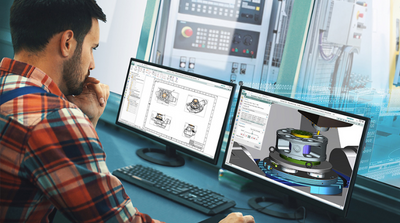CATIA CAA is designed for professionals and organizations that require advanced control, automation, and integration within CATIA V5 and 3DEXPERIENCE (V6). Ideal for:
CAD Developers & Software Engineers
Build robust, scalable tools and custom features using C++ for CATIA.
Manufacturing & Product Development Teams
Automate repetitive workflows, enforce standards, and accelerate product development.
Engineering Managers & Process Owners
Standardize CAD practices across teams and ensure compliance with internal or industry rules.
System Integrators & IT Teams
Connect CATIA with PLM, ERP, MES, and databases for seamless enterprise integration.
R&D and Innovation Teams
Create tailored tools for simulation, generative design, or new product initiatives.
Global Engineering Enterprises
Enable scalable collaboration, secure IP, and consistent processes across distributed teams.
Whether you’re streamlining design, boosting productivity, or integrating CATIA into enterprise systems—CAA is built to meet your engineering goals.


